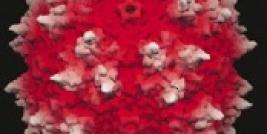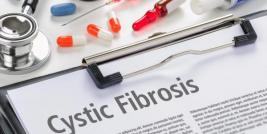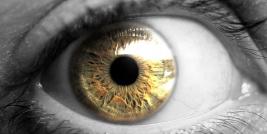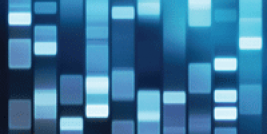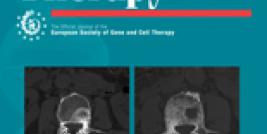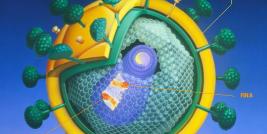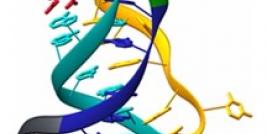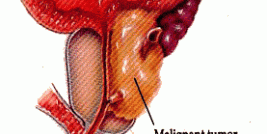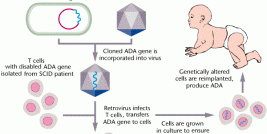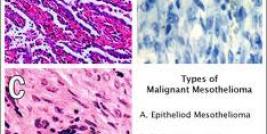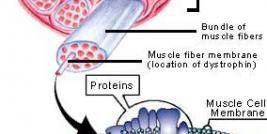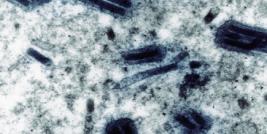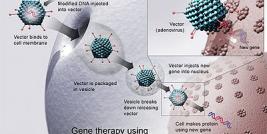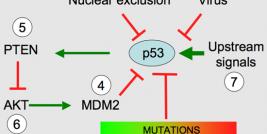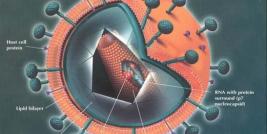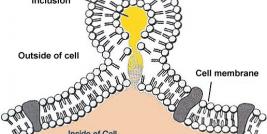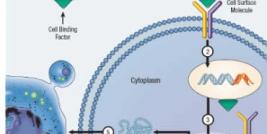Article by: Orestis Argyros and Suet-Ping Wong
What is PKU deficiency ?
PKU is an autosomal recessive disorder resulting from a deficiency of the hepatic enzyme phenylalanine hydroxylase (PAH), which converts phenylalanine to tyrosine (figure 1) (1). PAH deficiency is the most common cause of the accumulation of phenylalanine (Phe), called hyperphenylalanemia (HPA), with an incidence of roughly 1:10000 Caucasian live births, with a higher incidence in the populations of Turkey, Ireland and Norway (http://emedicine.medscape.com/article/947781-overview).
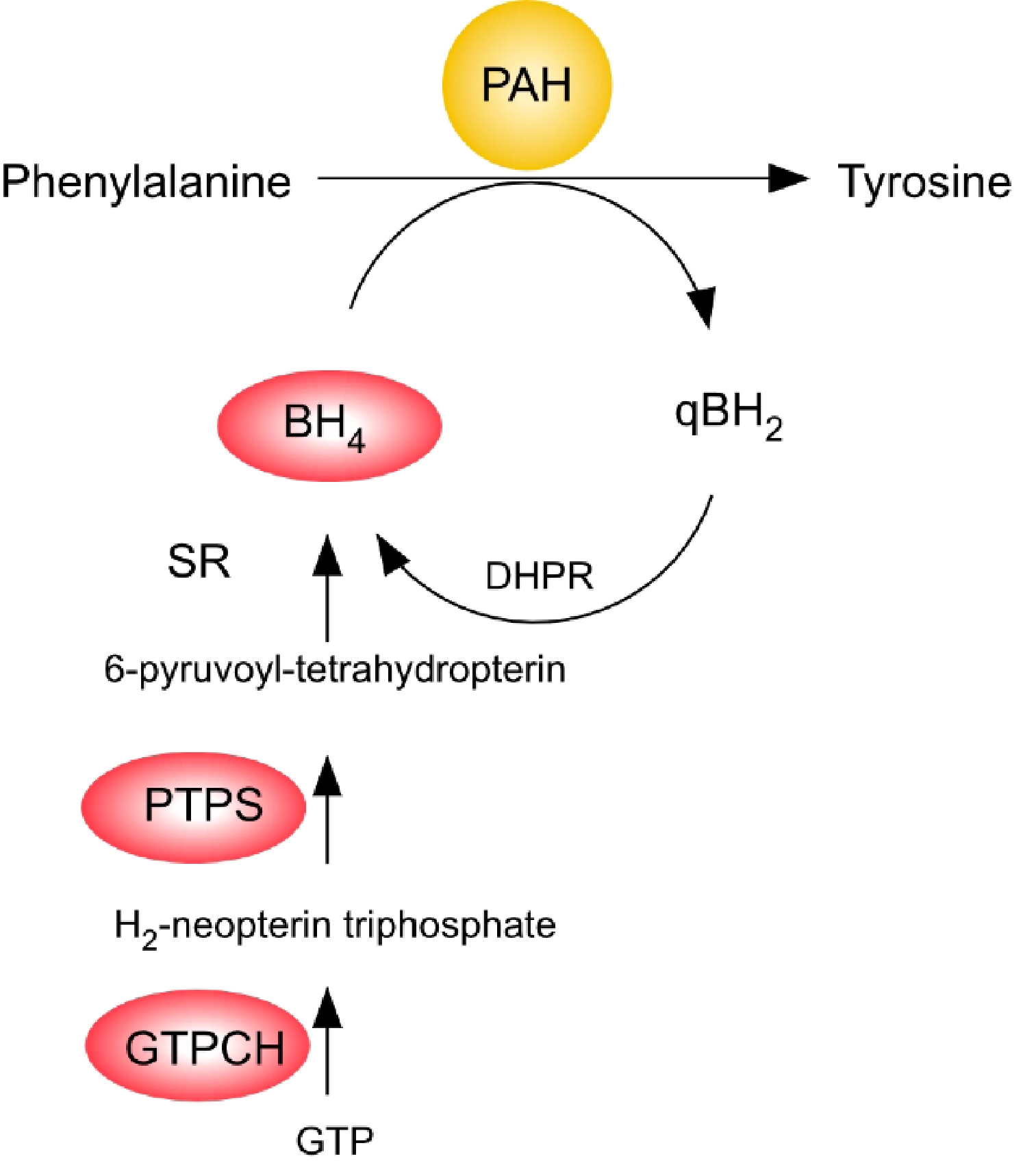
Figure 1: Reconstituting PAH expression by co-expression of BH4 biosynthetic enzymes The BH4 cofactor, which is essential for PAH activity, is endogenously synthesized starting from guanosine triphoshate (GTP) by constitutive action of three enzymes: GTP cyclohydrolase I (GTPCH), 6-pyruvoltetrahydrobiopterin synthase (PTPS) and sepiapterin reductase (SR), and is maintained by recycling dihydropteridine reductase (DHDR). The enzymes circled in red represent alternative gene targets for gene therapy of PKU by enhancing BH4 biosynthesis in combination with PAH activity. (Image adjusted from: Wong SP, “Development of S/MAR based non-viral vectors for liver gene therapy”, PhD Thesis, 2009, Imperial College London) (2)
The abnormal accumulation of Phe (from >360μmol/l) predisposes patients to the development of severe and irreversible mental retardation, growth failure, microencephaly and seizures. The subsequent depletion of tyrosine leads to reduction in melanin biosynthesis and hypopigmentation in patients. HPA can also be caused by the absence of BH4 cofactor due to deficiencies of cofactor biosynthesis and regeneration. BH4 is synthesized de novo from GTP by a three enzyme pathway involving GTP cyclohydrolase I (GTPCH), 6-pyruvoyltetrahydrobiopterin synthase (PTPS) and sepiapterin reductase, and is abundant in the liver. Although the pathologies underlying HPA and abnormal brain function in PKU are yet to be elucidated, the relationship is undisputable.
Treatment of PKU
Dietary Modifications:
Children with severe PKU (>1200μmol/l) can have normal cognitive development when dietary treatment is initiated in early infancy and the blood Phe level is maintained at near to normal (1). Therefore an artificial diet to reduce Phe intake became available in the mid-1950s and combined with newborn screening for PKU, the lives of PKU patients have been normalized resulting in regular mental development and behavioural performance (3,4). All PKU patients must adhere to the special diet low in phenylalanine for at least the first 16 years of their lives. This requires severely restricting or eliminating foods high in phenylalanine, such as meat, chicken, fish, nuts, cheese and other dairy products. Starchy foods such as potatoes, bread, pasta and corn must be monitored. Infants may still be breastfed to provide all of the benefits of breastmilk, but the quantity must also be monitored and supplementation for missing nutrients will be required. Many diet foods and diet soft drinks that contain the sweetener aspartame must also be avoided, as aspartame consists of two amino acids: phenylalanine and aspartic acid.
Supplementary infant formulas are used in these patients to provide the amino acids and other necessary nutrients that would otherwise be lacking in a low-phenylalanine diet. As the child grows up, these can be replaced with pills, formulas, and specially formulated foods. (Since phenylalanine is necessary for the synthesis of many proteins, it is required for appropriate growth but levels must be strictly controlled in PKU patients). In addition, tyrosine, which is normally derived from phenylalanine, must be supplemented.
The PKU designed diet aims at maintaining a phenylalanine intake to below 500 mg/day, sufficient to support protein synthesis while preventing excess accumulation of Phe in the body. During pregnancy, a Phe-free diet is mandatory to prevent developmental abnormality and mental impairment in the offspring, a syndrome called maternal PKU. In untreated pregnancies of women with PKU and Phe levels >1200 μmol/l, more than 90% of the offspring have microencephaly and mental retardation (4). Even though this diet prevents cognitive impairment, it is expensive, offensive in odour and unpalatable making long-term full compliance very laborious and it therefore requires a great deal of social support. Discontinuation of the diet leads to a progressive loss of intellectual function and emotional disturbances. Furthermore, this diet has known deficiencies of several nutrients, all of which is detrimental to brain development (5).
Enzyme replacement therapy:
An alternative treatment for PKU is enzyme substitution therapy with a recombinant phenylalanine ammonia lyase (PAL) (6). PAL is a bacteria-derived enzyme that catalyses the conversion of L-phenylalanine to transcinnamic acid and ammonia without a cofactor requirement. Subcutaneous delivery of PAL to hyperphenylalaninemic mice models successfully converted Phe to harmless metabolites. However PALs metabolite effect is not sustained due to immune responses (5) and Phe levels have to be stringently monitored to prevent
hypophenylalanemia. New chemical modifications of the recombinant PAL (PEG-PAL, Biomarin Pharmaceuticals) have been shown to suppress immunogenicity and are currently being investigated in clinical trials is the USA (PAL-001, NCT00634660).
In addition, the observation that levels of Phe can be reduced significantly by administration of exogenous BH4 in a subset of patients with PKU raised the prospect of pharmacologic management of PKU. A tablet formulation of BH4 (dihydrochloride) has been available for three decades. Although this formulation has been used extensively in experimental studies, it has not been evaluated in formal clinical trials and was not registered. A newer formulation of BH4 [sapropterin dihydrochloride (Trade name: Kuvan), Biomarin Pharmaceuticals] that is more stable at room temperature is now available for the treatment of PKU in the USA and Europe (7).
Gene Therapy:
Gene therapy is an experimental, yet very promising approach for PKU treatment. By delivering a functional PAH gene to the liver in vivo, its activity should be reconstituted leading to normal clearance of Phe in the blood therefore eliminating the need for dietary restrictions or frequent enzyme replacement therapies. Significantly, it has been reported that reconstitution of 10-20% of normal PAH enzymatic activity is sufficient to restore normal serum Phe levels (8). Advances in PKU treatment by gene therapy has been accelerated by the availability of pre-clinical models of disease.
Mouse models of PKU disease
The availability of a mutant mouse that closely mimics the human disease, called PAHenu2 provides an ideal model for investigating gene transfer in vivo and invaluable information on the pathology and biology of PKU. The original PAHenu2 mouse was generated by chemical mutagenesis of a BTBR-mouse strain using alklating agent ENU, resulting in a mutation in the PAH gene called PAHenu2 (9). The PAHenu2 allelle was genetically mapped to the Pah locus and sequence analysis revealed a missense mutation at exon 7 with a TTC to TCC nucleotide exhange leading to a Phe to Ser change at codon 263. This region encodes the active site of the PAH enzyme, and is also by far the most frequent mutation site for PKU in human patients (10). Due to limited fertility on the BTBR background, cross-breeding of PAHenu2 mutation onto a C57BL/6 background resulted in greater success at colony maintenance and the resulting mice referred to as PAHenu2. The PAHenu2 mouse exhibits severe hyperphenylalanemia and other symptoms found in human PKU patients, such as slow growth, microencephaly, behavioural disturbances, seizures, epilepsy and maternal PKU (9, 11, 12). The mice also exhibit hypopigmentation as a result of high blood Phe depleting levels of tyrosine, which in turn is responsible for melanin biosynthesis. Numerous genetic and biochemistry studies have confirmed the reliability of this mouse model to closely resemble the metabolic and neurobiological phenotype of human PKU (10).
Gene Therapy of PKU using viral vectors
Viral vectors have had some success in phenotypic correction of the PAHenu2 mice in vivo. Infusion of recombinant Adenoviral vectors to the liver resulted in a significant increase in PAH activity leading to complete normalization of the serum Phe levels within one week of treatment (13). However, the effect did not persist and repeated administrations did not generate the original results due to neutralizing antibodies against the viral vectors. Furthermore, no phenotypic changes were observed and the mice remained hypopigmented. In another study, delivery of a recombinant AAV to the liver by portal vein injection resulted in correction of Phe levels in male mice. Females remain unresponsive unless they were ovariectomized and treated with testosterone. The biochemical basis behind this sexual dismorphism was shown to be due to a lower level of BH4 which is controlled primarily by oestrogen and represents a rate limiting factor of PAH activity (14).
Another study showed that muscle directed gene transfer using recombinant AAV vectors expressing murine PAH resulted in permanent correction of the PAHenu2 male mice only in combination with BH4 biosynthetic enzymes GTPCH and PTPS (15). In addition, long-term correction of murine hyperphenylalaninemia associated with no adverse effects has been achieved in 2006 by the liver directed administration of a recombinant adeno-associated virus (rAAV2/8) vector (16).
However, the safety and toxicity and the potential for insertional mutagenesis following viral gene transfer remain an issue. Improvements are necessary to completely eliminate any potential for immune responses and further studies are underway.
Gene Therapy of PKU using non-viral vectors
Initial investigations using non-viral vectors for PKU has thus far been unsuccessful.
Injection of naked pDNA by portal vein or hydrodynamic injection with a
CMV promoter-driven plasmid resulted in transient PAH expression and a marginal decrease in serum Phe levels, which was not sustained beyond 24 h (1). Improvements in vector design and engineering using regulatory and/or enhancer elements, as well as insulators (such as S/MARs or cHS4), are currently being investigated in order to prolong PAH expression [for review, see (17)].
Clinical trials for PKU
As of 30/10/2010, a search for clinical trials of PKU resulted in 40 hits in clinicaltrials.gov. The majority of them is focusing of dietary restrictions, but a growing number of trials concern the therapeutic intervention of either Kuvan or by using PEG-PAL.
Conclusions
There has been great progress in our understanding of the genetics and treatment of phenylketonuria over the last few years. Early neonatal diagnosis of PKU allowed for the introduction of a low-Phe diet which drastically prevented neurological damages associated with high blood Phe. In addition, several disease modifying agents are either commercially available or in late clinical trial stages. Finally, gene therapy approaches are in the pre-clinical stage and hold a great promise in the efficient PKU treatment.
References
1) Ding, Z., C.O. Harding, and B. Thony, State-of-the-art 2003 on PKU gene therapy. Mol Genet Metab, 2004. 81(1): p. 3-8.
2) Wong, SP, Development of S/MAR based nonviral vector for liver gene therapy. PhD Thesis, 2009, Imperial College London
3) Bickel, H., The first treatment of phenylketonuria. Eur J Pediatr, 1996. 155 Suppl 1: p. S2-3.
4) Sheard, N.F., Importance of diet in maternal phenylketonuria. Nutr Rev, 2000. 58(8): p. 236-9.
5) Sarkissian, C.N. and A. Gamez, Phenylalanine ammonia lyase, enzyme substitution therapy for phenylketonuria, where are we now? Mol Genet Metab, 2005. 86 Suppl 1: p. S22-6.
6) Blau, N. and C.R. Scriver, New approaches to treat PKU: how far are we? Mol Genet Metab, 2004. 81(1): p. 1-2.
7) J.R. Burnett, Sapropterin dihydrochloride (Kuvan/Phenoptin), an orally active synthetic form of BH4 for the treatment of phenylketonuria, IDrugs 10 (2007) 805–813.
8) Eisensmith, R.C. and S.L. Woo, Somatic gene therapy for phenylketonuria and other hepatic deficiencies. J Inherit Metab Dis, 1996. 19(4): p. 412-23.
9) Shedlovsky, A., et al., Mouse models of human phenylketonuria. Genetics,1993. 134(4): p. 1205-10.
10) McDonald, J.D., et al., The phenylketonuria mouse model: a meeting review.Mol Genet Metab, 2002. 76(4): p. 256-61.
11) Martynyuk, A.E., et al., Epilepsy in phenylketonuria: a complex dependence on serum phenylalanine levels. Epilepsia, 2007. 48(6): p. 1143-50.
12) Cho, S. and J.D. McDonald, Effect of maternal blood phenylalanine level on mouse maternal phenylketonuria offspring. Mol Genet Metab, 2001. 74(4): p. 420-5.
13) Fang, B., et al., Gene therapy for phenylketonuria: phenotypic correction in a genetically deficient mouse model by adenovirus-mediated hepatic gene transfer. Gene Ther, 1994. 1(4): p. 247-54.
14) Chen, L., S.N. Thung, and S.L. Woo, Metabolic basis of sexual dimorphism in PKU mice after genome-targeted PAH gene therapy. Mol Ther, 2007. 15(6):p.1079-85.
15) Ding, Z., et al., Correction of murine PKU following AAV-mediated intramuscular expression of a complete phenylalanine hydroxylating system. Mol Ther, 2008. 16(4): p. 673-81.
16) C.O. Harding, et al., Complete correction of hyperphenylalaninemia following liver-directed, recombinant AAV2/8 vector-mediated gene therapy in murine phenylketonuria, Gene Ther. 13 (2006) 457–462.
17) Wong, SP et al., Strategies for the episomal modification of cells, Current Opinion in Molecular Therapeutics 2009 11(4):433-441.
Author Contact Address:
Imperial College London
Gene Therapy Group
National Heart & Lung Institute

